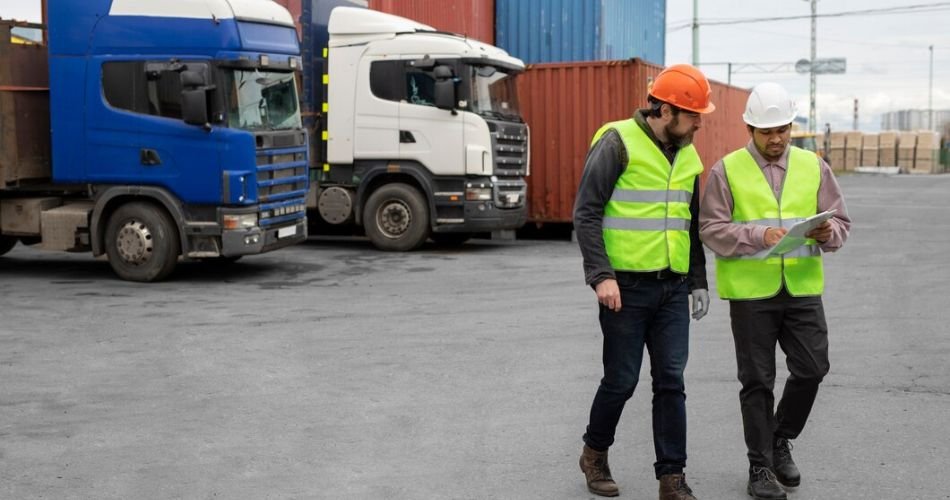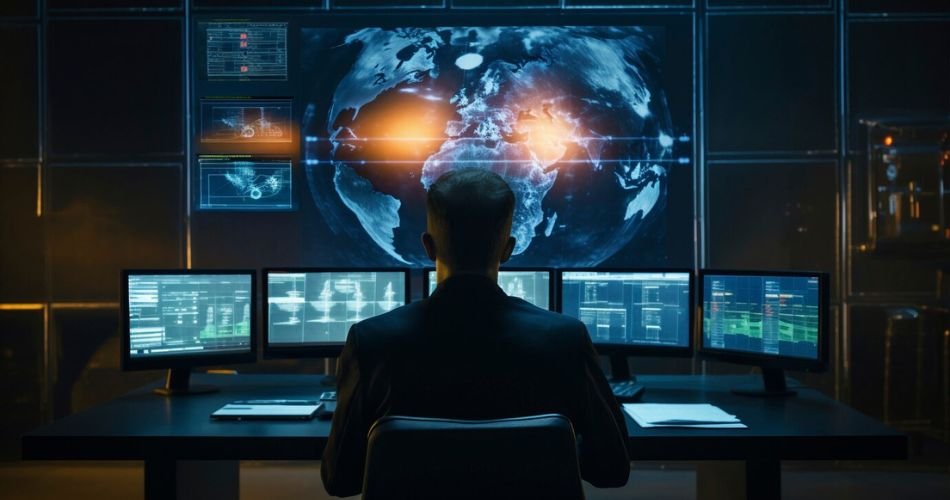Öbversätt: Mastering the Art of Accurate Translation
What is Öbversätt?
Öbversätt is a Swedish term that means “translate.” In the world of global communication, translation plays a pivotal role in bridging the gap between different languages and cultures. But what makes translation effective, and how can one master the art of translating accurately and meaningfully? Let’s dive into the fascinating world of translation.
Importance of Effective Translation
Translation is more than just converting words from one language to another. It’s about conveying the right meaning, preserving the context, and ensuring that the translated text resonates with the target audience. Whether it’s a literary work, a legal document, or a business contract, effective translation is crucial for clear and precise communication.
Brief History of Translation
Translation has been around for centuries, with early translators playing a key role in the dissemination of religious texts, scientific knowledge, and literary works. From the ancient Rosetta Stone to modern-day translation software, the field has evolved significantly.
Benefits of Using Öbversätt
Using Öbversätt enhances global communication by breaking down language barriers, enabling businesses to expand internationally. It ensures accurate conveyance of information, preserving the integrity of the original message. Öbversätt supports inclusivity, allowing diverse linguistic audiences to access content. It facilitates clear interaction across different cultures. Overall, it promotes better understanding and cooperation worldwide.
The Basics of Translation
At its core, translation involves rendering text from a source language into a target language. This process requires a deep understanding of both languages and the ability to convey the same message without losing its essence.
The Role of Technology in Translation
Technological advancements have introduced powerful translation tools like Google Translate and DeepL. These tools use algorithms and vast databases to provide quick translations, but they still fall short in terms of accuracy and context.
Human vs. Machine Translation
While machines can handle basic translations, human translators bring in-depth knowledge and cultural nuances that technology can’t replicate, The human touch ensures that the translated content is not only accurate but also culturally relevant.
The Future of Translation Technology
The future of translation looks promising with ongoing advancements in artificial intelligence and machine learning. However, the need for human expertise will always remain to fine-tune and validate the translated content.
Challenges in Translation
Even experienced translators can make mistakes. Common issues include mistranslations, incorrect grammar, and the omission of important details.
Handling Idiomatic Expressions
Idioms and colloquialisms often don’t have direct translations. A skilled translator must find equivalent expressions that convey the same meaning in the target language.
Maintaining Tone and Style
Preserving the original tone and style is challenging but essential. Whether it’s a formal document or a casual blog post, the translated text should reflect the same voice as the original.
The Process of Translation
Before starting, a translator must thoroughly understand the source text and its purpose. This includes identifying the target audience and any specific requirements.
Research and Preparation
Effective translation requires extensive research. This includes understanding the subject matter, terminology, and any cultural references.
Translation and Revision
The actual translation is followed by a revision process to ensure accuracy and consistency. This may involve multiple rounds of editing and proofreading.
Specialized Translation Fields
Literary Translation: Translating literary works requires creativity and a deep understanding of literary styles. The goal is to recreate the same emotional and intellectual impact in the target language.
Legal Translation: Legal translation demands precision and a thorough understanding of legal terminology. Any mistake can have significant implications.
Medical Translation: Accuracy is critical in medical translation, where even minor errors can lead to serious consequences. Translators must be well-versed in medical terminology and practices.
Translation and Global Communication
In the business world, translation enables companies to reach global markets, build partnerships, and communicate with diverse audiences, From movies to news articles, translation allows media content to be accessible to a wider audience, enhancing global understanding and cultural exchange, Translation fosters global understanding by making information and ideas accessible across language barriers. It promotes cultural exchange and mutual respect.
Cultural Nuances in Translation
A good translation adapts content to fit the cultural context of the target audience, ensuring it is relevant and relatable, Misunderstandings can arise from cultural differences. Translators must be mindful of these to avoid miscommunication and offense, Examples include translating idioms, adjusting humor, and localizing marketing content to resonate with the target culture.
Learning and Improving Translation Skills
- Educational Resources: There are numerous resources available for aspiring translators, including online courses, books, and workshops.
- Practical Experience: Hands-on experience is invaluable. Practicing with real texts, seeking feedback, and learning from mistakes are essential for improvement.
- Networking with Other Translators: Connecting with other translators can provide support, insights, and opportunities for collaboration and professional growth.
Starting a Translation Business
Starting a translation business involves building a client base, marketing services, and managing administrative tasks, Effective marketing strategies include creating a professional website, networking, and leveraging social media to reach potential clients.
Case Studies of Successful Translations
Examples of successful literary translations include works like “Don Quixote” and “One Hundred Years of Solitude,” which have been translated into multiple languages while retaining their essence, Successful translations have played a key role in international business deals, facilitating clear communication and mutual understanding.
Impactful Media Translations
Translations in media, such as subtitling and dubbing of films, have made content accessible to global audiences, enriching the cultural landscape.
Translation Tools and Resources
Recommended Software: Popular translation software includes SDL Trados, MemoQ, and Wordfast, which help streamline the translation process.
Online Dictionaries and Databases: Resources like Linguee, WordReference, and specialized glossaries are invaluable for accurate and efficient translation.
Translator Communities and Forums: Online communities and forums, such as ProZ.com and TranslatorsCafe, offer support, advice, and networking opportunities.
FAQs about Öbversätt
1. What is the difference between translation and interpretation?
Translation deals with written text, while interpretation focuses on spoken language. Both require different skill sets but aim to facilitate communication between different languages.
2. How important is cultural awareness in translation?
Cultural awareness is crucial. It ensures that the translated content is relevant and appropriate for the target audience, avoiding misunderstandings and cultural faux pas.
3. Can machine translation replace human translators?
While machine translation tools are improving, they cannot fully replace human translators. The human touch is essential for accuracy, context, and cultural nuances.
4. What are some common challenges in translation?
Common challenges include handling idiomatic expressions, maintaining tone and style, and ensuring accuracy and consistency.
5. How can I improve my translation skills?
Improving translation skills involves continuous learning, practical experience, and networking with other translators. Utilizing educational resources and seeking feedback are also important.
Conclusion
Öbversätt or translation, is an intricate and essential art that extends beyond the simple conversion of words from one language to another. It involves a deep understanding of both linguistic and cultural nuances to ensure that the intended message is accurately conveyed and resonates with the target audience. As we continue to advance in technology, the role of human translators remains crucial. By honing their skills, embracing cultural awareness, and utilizing both traditional and technologic.
Explore popular topics and discussions:
- The Flower of Veneration Chapter 1: A Journey Unfolds
- Eric Weinberger Wife: A Deep Dive into Their Love Story
- Divijos: A Comprehensive Guide to Their Legacy and Influence
- The Power of Translation Services That Connect Cultures and Business
- IlimeComix: A Comprehensive Dive into the World of Digital Comics
Share this content:














Post Comment